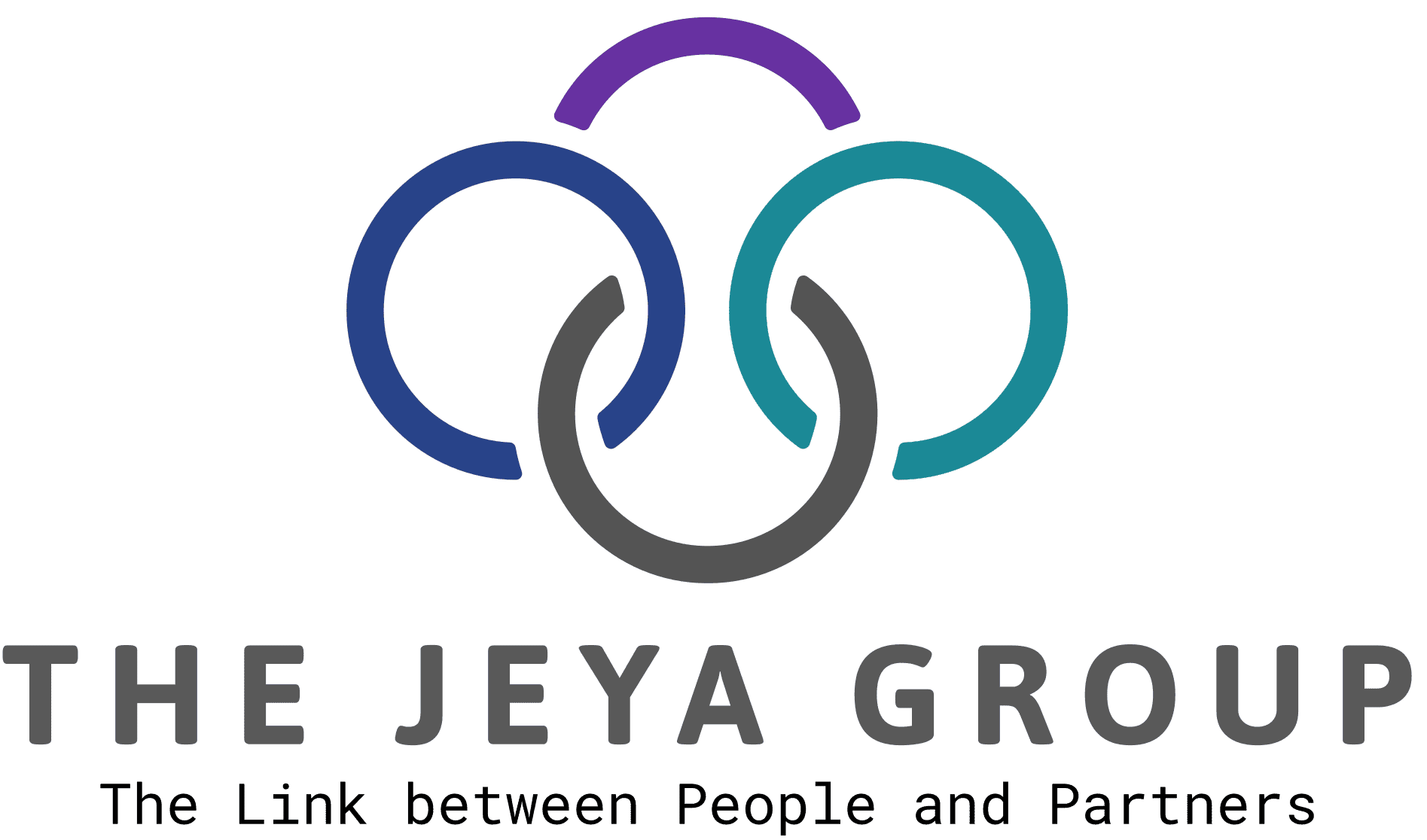
 How fast can you come up to speed? Of course, we all want to say right away and that we’ll hit the ground running.
How fast can you come up to speed? Of course, we all want to say right away and that we’ll hit the ground running.
This is a question and an idea that is asked and expected of everyone coming into an organization. It is incumbent of the management of the company to make it as easy and as fast as possible. Although there are millions of people starting new jobs every day the process for on-boarding employees is ripe for improvement.
Figure out a way to make this process smoother and you’ve got yourself a business.
How Long Can This Take?
I submit it can take the better part of a day. Any company that can find a way to reduce this time is going to find this is a wise investment. Any employee that can figure out a way to speed their on-boarding process, without skipping the necessary steps, will be ahead of the learning curve.
The challenge is … getting these two to work together and simultaneously. Of course, both parties have a vested interest to get it right and get it done fast. Therein lies the rub. It’s going to take time.
The wise companies allow employees to complete this paperwork and the other on-boarding steps in phases. Sometimes over the course of a few days. Partially because they may not have all of the information at their fingertips – e.g. SSN’s for dependents, time to have a conversation with significant others about benefits, etc. And, also because they want the people to hit the ground running and to start contributing.
Everyone’s Got Skills
Of course, everyone brings in some level of expertise in something. Even if that expertise is an ability to crank out the tough scut work that many people know needs to be done, but may be able to avoid doing. No matter what the level of work, it takes time to come up to speed.
Something I’ve been putting some time into lately is the thinking behind how to rapidly on-board employees. Again, whether they are full timers or part timers many of the processes and efforts are the same. This is especially true for people coming into the organization as full time equivalent (FTE’s) staffers. Besides the obvious factors of just getting started in the job they’ve been hired to do there is the need to spend time filling out the paperwork as new employees for insurance, non-disclosures, company policies and everything else needed for company, state and federal compliance. This is not to mention the people they need to meet, such as, their managers, their peers and depending upon where they will be working they may need to get a feel for the physical aspects of the company.
What’s more Important?
If being asked to make a decision on which is the most important factor for on-boarding employees I think the answers will vary by department and by the employees themselves. Sure, everyone wants to get paid. So, it’s important to get their W-9 signed and submitted right away. However, some documents related to insurance and perhaps 401K’s can wait a few days until you’ve had the time to review the implications. Yet, some documents need to be signed and secured quickly to insure the business and the employee is protected. For example, non-disclosure agreements (NDA’s) and company policy documents should be reviewed, signed and processes before the new hire has access to systems and information.
So, which is more important is often a function of the role within the organization. Where do you focus first?
- Paperwork, People or Processes?
- Understanding the Sites, Software and Schedules?
- Developing a rapport within the Team, Other Groups and Contractors?
There is no wrong answer. However, I submit the time to ramp up and get started is often the better part of a day. Smart companies, managers and employees plan their time accordingly. They encourage new hires to take the time to get the paperwork done so that they can focus on the tasks they were hired to do. Yet, they also encourage the new hires to provide feedback to the on-boarding process.
What’s Needed?
Whether starting a full time gig or working on short term project there needs to be a quick way to ramp up. So, what’s the relationship here for you to get started at a new company? The faster you can get started the faster you can be productive. Smart managers, organizations and employees can work together to improve the process. The idea is to help the next person on-board quickly and efficiently … and the next one and the next one, etc. As the company continues to grow there should be a constant review of the on-boarding process. The challenge is that as people are with the organization for an extended period of time they start to take many on-boarding steps for granted. This is where the smart organizations are looking to new hires to help review and critique the process.
Getting it Right and Making it Fast
This means everything from the new devices — phones, laptops, tablets, etc. to the software… the websites for everything, including the aforementioned sites, tools and processes for:
- Pay Day (the one we care about most)
- Benefits (the one we care about second most)
- Vacation Requests (the one some care about 3rd most)
- And all the internal sites for sharing, caring and baring (your intellectual soul).
The best companies make this VERY easy. And they continue to seek ways to improve the process. This is where you come in.
Why? Because they want employees to get to work quickly AND hit the ground running. By offering to make yourself into a human guinea pig you are letting the company know you care about the on-boarding and that you care about getting started quickly. It’s a win – win scenario. A win for you and a win for the company.
Caveat: Make sure you frame all comments as feedback and suggestions.
By being proactive and making yourself available to continuously improve the process for on-boarding employees (including yourself) you become a valuable asset to your organization and you will Stand Out in Your Career. Sure, there is more to standing out in a career than on-boarding new employees. However, as companies grow they need to keep this process front and center. People can and will make decisions about how long they’ll stay and how strongly they are going to commit to a company based on their on-boarding experience.
Looking Towards the Future
Is There a Better Way? I’d like to think yes, but until we get the equivalent of Portable Health Records (PHR’s) for Business we will just have to keep filling out these forms. Perhaps, as mentioned above, someone reading this will take the time to create a process and perhaps a series of self-defining apps that help on-board employees. If you are doing this, or if you’ve already seen something like this, please share your thoughts in the comments.





